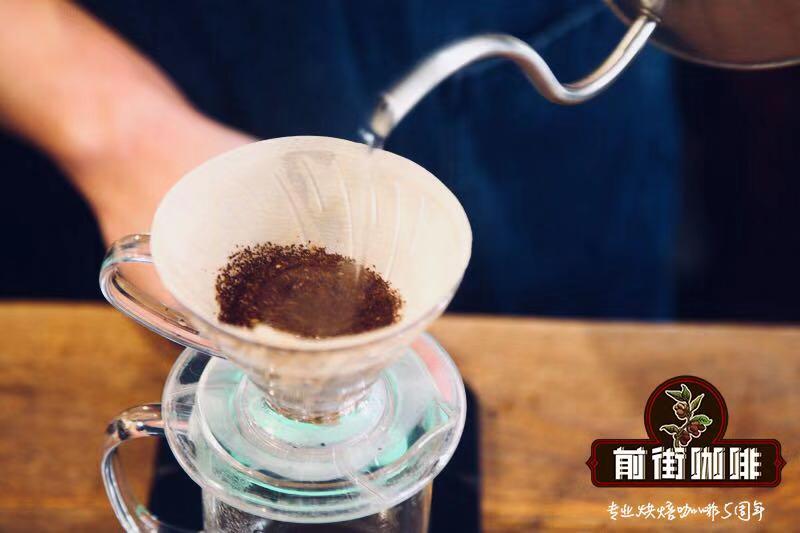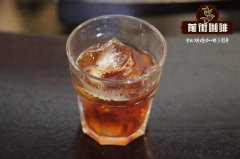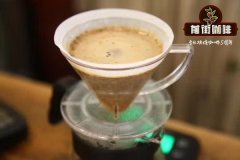What is the treatment of coffee semi-washing? what are the characteristics of coffee semi-washing?

Professional coffee knowledge exchange more coffee bean information please follow the coffee workshop (Wechat official account cafe_style)
When we buy coffee, we often encounter such terms-washing, semi-washing, tanning, honey treatment and so on. In fact, these are the ways to treat raw coffee beans. Today, let's explain the difference.
Semi-washing: because the water washing method consumes too much water, it takes an average of 10 to 20 tons of water per ton of coffee fruit to produce about 200 kilograms of coffee beans, which is unaffordable to producing countries with poor water resources. After 1990, taking advantage of the unique dry climate, Brazil invented the natural pectin removal method, that is, half-washing method or half-sun method.
The practice is to first remove the defective floating fruit and impurities from the coffee fruit through the sink, then remove the coffee skin, pulp and part of the colloid layer, and then wash for an hour, using about 1 liter of water per kilogram of shelled beans.
Because the immersion fermentation time is very short, the pectin is not easy to be washed away, and there is still pectin left on the bean shell, at this time, the sticky answer with shell beans will be laid in the exposure field to dry, it is best to use the African elevated net bed, the air permeability is better.
The African Viaduct net is a high-bed drying method from Africa. If coffee fruits or shelled beans are spread directly in the sun, it is easier to mix with soil bacteria or other foreign bodies. If a well-ventilated viaduct with proper stirring can be used to avoid fermentation, coffee beans can be evenly dried.
Semi-washed coffee beans, from the appearance of raw beans, the surface is not good-looking, dark color, and does not have the characteristic green of new beans (especially Brazilian coffee beans). The thin black skin clings to it like a scab and looks a little dirty, so you can tell it at a glance.
Semi-washed coffee can neutralize the strong sour taste, give the coffee a mild taste, and give off a sweet taste like honey. In addition, the coffee beans are soft and easy to bake, so they can create a rich aroma and mellowness.
First remove the skin with water, and then go to the sun. This is a relatively new and rare method. This method is only suitable for specific areas of some countries, with a long drying period. The coffee produced by this method is sticky, and the mucus is not removed as it is fermented in the tank. Therefore, the coffee produced by this semi-washing method contains the characteristics of both washing and drying. The acidity, sweetness, seasoning, and flavor of the coffee are quite good; the disadvantage is that the coffee taste is not as strong as that produced by pure drying or washing.
END
Important Notice :
前街咖啡 FrontStreet Coffee has moved to new addredd:
FrontStreet Coffee Address: 315,Donghua East Road,GuangZhou
Tel:020 38364473
- Prev

What are the characteristics of coffee washing method | how to pour washed coffee to taste good
Professional coffee knowledge exchange more information about coffee beans Please follow the coffee workshop (Wechat official account cafe_style) traditionally, coffee has been treated in three main ways: washing, tanning and honey treatment. Of course, there are many other treatments, but they are relatively rare, such as the Indonesian wet planing method. Washed coffee only pays attention to the flavor of the coffee bean itself.
- Next

What are the varieties of semi-washed coffee beans | characteristics of semi-washed Sumatran coffee
For more information on coffee beans, please follow the coffee workshop (Wechat official account cafe_style). In the world of semi-washed (Semi-Washed) treatment, it is subdivided into several similar treatments, namely, pulp solarization invented in Brazil (Pulped Natural), honey treatment in Costa Rica (Honey Process/Miel Process) and Mante in Indonesia.
Related
- Beginners will see the "Coffee pull flower" guide!
- What is the difference between ice blog purified milk and ordinary milk coffee?
- Why is the Philippines the largest producer of crops in Liberia?
- For coffee extraction, should the fine powder be retained?
- How does extracted espresso fill pressed powder? How much strength does it take to press the powder?
- How to make jasmine cold extract coffee? Is the jasmine + latte good?
- Will this little toy really make the coffee taste better? How does Lily Drip affect coffee extraction?
- Will the action of slapping the filter cup also affect coffee extraction?
- What's the difference between powder-to-water ratio and powder-to-liquid ratio?
- What is the Ethiopian local species? What does it have to do with Heirloom native species?

